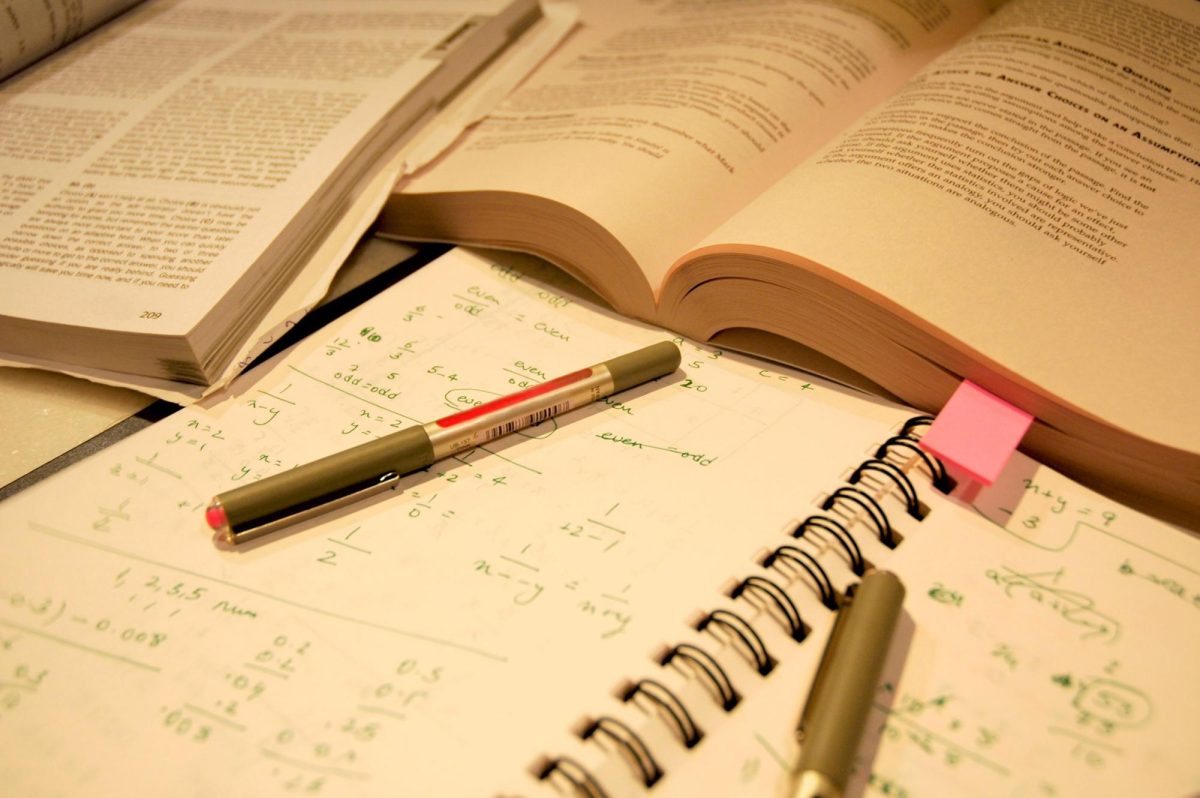I’m sure that most of us have experienced anxiety before a test, and that’s completely normal. The American Psychological Association’s annual Stress in America survey in 2020 showed that 40% of teens experience stress. The National Alliance on Mental Illness (NAMI) reported that approximately 1 in 6 youth aged 6-17 experience a mental health disorder yearly. This includes anxiety disorders. Schoolwork and studying can cause a lot of this stress in adolescents. As the data shows, studying can be stressful, but it doesn’t have to be. Proper techniques and tricks will make studying for your following quiz painless.
It’s important to note that different techniques work for different people. It’s crucial to learn what works best for you. The first thing I would recommend is to find out what kind of learner you are. Are you visual, auditory, or kinesthetic? Or perhaps a combination of multiple? Whatever kind of learner you are, finding the best studying techniques for you will ensure that the information you learn is absorbed.
My favorite tips for visual learners are using flashcards, color-coding notes, or drawing up visual representations to display the information. Using flashcards condenses the information into bite-sized chunks, which are easier for visual learners to absorb and process, and repeatedly reviewing them reinforces the memory of key facts and concepts. Color-coding notes, something I find particularly useful, are great for organizing and prioritizing information. Using different colors allows visual learners to focus on the most important or relevant information without sidetracking too much. Finally, drawing visual representations such as diagrams or flowcharts simplifies complex information, making it easier to understand and helping learners grasp intricate or abstract concepts using a concrete visual framework.
By utilizing these techniques, studying for your next test can become a lot easier and less stressful because you know that by using these simple tricks, your mind will retain the information more effectively.
I’m both visual and auditory, so something that works for me is watching a video on the topic or having someone use flashcards to quiz me. However, if you are an auditory learner, tips I would use include recording key points while your teacher is explaining them, participating in group discussions, or singing songs and acronyms to help remember information. Recording key pointers can benefit you as an auditory learner because listening to information several times allows you to replay the content and deepen your understanding. Participating in group discussions also helps learners by asking questions to their peers and teachers; you can work together to find answers collaboratively. I have found that using acronyms and songs works wonders when retaining the information you just can’t recall. An example is HOMES (Huron, Ontario, Michigan, Eerie, Superior), the five great lakes.
For kinesthetic learners, hands-on activities, role-play, and manipulatives can work great for studying information. Using interactive models or doing experiments is a great way for kinesthetic learners to gain a better knowledge of their topics while still staying focused. Role-play is also an effective way to learn. By acting out scenes or events from history or a novel you’re reading in English, kinesthetic learners can embody concepts, deepening their understanding. Manipulatives provide a tactile experience, allowing kinesthetic learners to physically interact with objects or models related to the subject matter.
No matter what kind of learner you are, there are some things you should keep in mind which can drastically change the efficiency of your studying and the quantity of information you retain.
One, the time of day you study plays a big part in how your brain processes the information. Some people find the morning helpful because they can jump into learning with a fresh mind. Others prefer the afternoons. This can also be a productive time for studying, especially if you tend to have a lull in energy after lunch. Just make sure to take short breaks to stay refreshed. Some people find the evening easiest because it is quiet and an undisturbed time to study. I know that cramming late at night can be tempting, but that is something you want to avoid if you can help it. Researchers have found that studying late at night can disturb your sleep cycle, which might cause you to wake up tired and listless. Also, natural circadian rhythms signal the body to wind down as the night progresses. This can decrease alertness and focus, making it harder to retain information.
Another thing to keep in mind is to minimize distractions when you are studying, which can be done by turning off your phone and letting family members or those around you know that you are trying to focus. You also want to ensure you are avoiding procrastination, no matter how tempting it may be to finish that last episode or watch just one more TikTok. Leaving studying off to the last minute can be problematic; consistent and spaced-out study sessions tend to be more effective. Finally, make sure you are giving yourself breaks! Rewarding yourself time to go outside, rehydrate, or take a power nap is essential. Not only does it help you maintain focus, but it also helps reduce stress and anxiety.
Finally, just remember that before studying, you want to set clear goals for yourself, maintain a dedicated study space, avoid multitasking, prioritize difficult material, and stay consistent.
Incorporating these personalized study techniques and consistent habits into your routine can alleviate the stress associated with academics and foster a more productive and enjoyable learning environment—so keep up the great work and happy studying!






